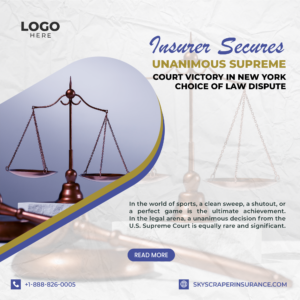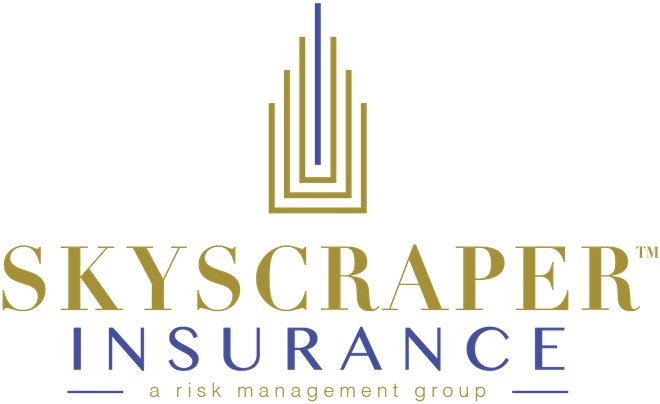In many ways, water is the new fire when it comes to insurance fraud.
Insurance fraud, like other crimes, continues to evolve as fraudsters become more creative. Arson, the crime of intentionally and illegally setting fire to a building or other structure, has long worsened claims activity for property insurers. Today, in many ways, water is the new fire.
Previously, property owners might have ignited a fire for a remodel, to get out of their mortgage, or to collect a financial windfall from their insurance claim. Fires, especially arson for profit, created a higher risk because controlling fire is very difficult. When someone sets a building on fire, there’s a strong possibility that a firefighter or an innocent bystander could be injured. Water damage is easier to control, plus the risk of injury is much lower.
When commercial properties, such as hotels, office buildings and retail locations, experience water damage, including from malfunctions of sprinkler systems, it’s incumbent on independent insurance adjusters and claims professionals to look for suspicious indications. Unfortunately, it’s easy to cause water damage and it can be hard to prove that it has been intentionally caused.
Questions to ask
Water loss claims should be handled like any other claims, with the same attention to detail. The insurance industry has experts with years of experience and training to evaluate fire losses and establish the origins and causes of those losses. When it comes to water, it’s more difficult to make that determination, so insurance companies are sure to select the right experts — whether they’re plumbers or engineers.
Carriers also have to look at the history of the insured’s claims. Property owners who cause intentional water losses tend to have a past record of similar claims. Generally, when insureds cause the loss, the damage tends to be rapid and significant perhaps with the thought that it may help them get paid fairly quickly.
When evaluating a water loss — for a burst pipe or broken sprinkler system, for example — claims professionals should ask:
- When did this happen?
- How did it happen?
- Are there before and after pictures?
- What did that pipe look like before it burst?
- Was the pipe manipulated to cause the damage?
- Has the sprinkler system been properly maintained?
- Are there signs of tampering?
Exaggerating losses
Claims professionals also should look for certain red flags that may indicate what the insurance industry refers to as “soft fraud.” That often occurs when insureds look for ways to increase the value of the claim, such as when the loss is less than the amount of the deductible.
Some questions to ask, which suggest further investigation may be warranted:
- Is insured changing the details of the loss to cover their deductible.
- Are they adding supplemental items to the list of damaged goods or inventory?
- How long has the policy been in force?
- Is it a newer policy, or is it about to expire or be canceled?
- Is there a financial motive? For example, is the insured in financial distress?
Vendor fraud
It may be the vendor, not the insured, that commits the fraud. Before hiring restoration contractors or any other third party, insureds should contact their carrier. The insurance company may have a list of contractors that have been screened and vetted and may be able to submit documentation and invoices electronically.
Even when insureds work with restoration contractors that have been screened and vetted, they should ensure the costs are invoiced properly by confirming that the vendor is using the equipment that they’re billing for, which is another reason to take pictures early and often.
The key point for claims professionals to remember is not to hesitate to ask questions. When there are indicators that could suggest damage may have been intentional, they should get consider getting experts involved early in the process. They also should communicate with the insureds, so the reasons for investigating the claim are appropriately clear.
When the fraud team of the special investigation unit investigates a loss, it’s not always because they suspect fraud. Their goal is to protect the insured as well as the insurance company. Insurance fraud makes everyone’s rates go up. If it’s a legitimate loss, it’ll be validated and settled accordingly. Fraud hurts everybody.
Steve Jarrett, a former member of the Tampa, Florida, Police Department, is the National Director — Special Investigations, Westfield Insurance.




